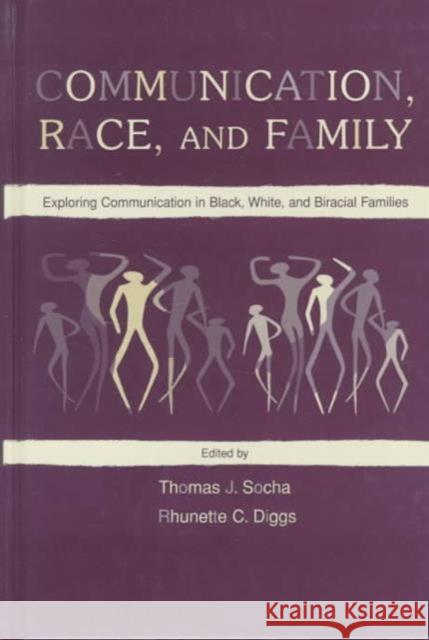Communication, Race, and Family : Exploring Communication in Black, White, and Biracial Families » książka
Communication, Race, and Family : Exploring Communication in Black, White, and Biracial Families
ISBN-13: 9780805829389 / Angielski / Twarda / 1999 / 260 str.
Communication, Race, and Family : Exploring Communication in Black, White, and Biracial Families
ISBN-13: 9780805829389 / Angielski / Twarda / 1999 / 260 str.
(netto: 672,22 VAT: 5%)
Najniższa cena z 30 dni: 654,86
ok. 22 dni roboczych
Bez gwarancji dostawy przed świętami
Darmowa dostawa!
Communication, Race and Family takes a bold step by exploring how family communication influences the perennial and controversial topic of race. This volume argues that the hope for managing America's troubles with race lies not only with communicating about race at public meetings, at school and in the media, but also, and more fundamentally, with families communicating constructively about race at home. Home is where lessons about the merits of diversity and how to navigate diverse environments can be taught and lived. Home is where society's youngest members can be taught how to improve their competency in communicating with an increasingly ethnically diverse world. And finally in the words of Toni Morrison (1998, p.9), home can and should be a site clear of racist detritus; a place where race both matters and is rendered impotent.
This groundbreaking volume explores how family communication influences the perennial and controversial topic of race. In assembling this collection, editors Thomas J. Socha and Rhunette C. Diggs argue that the hope for managing America's troubles with "race" lies not only with communicating about race at public meetings, in school, and in the media, but also--and more fundamentally--with families communicating constructively about race at home.
African-American and European-American family communication researchers come together in this volume to investigate such topics as how Black families communicate to manage the issue of racism; how Black parent-child communication is used to manage the derogation of Black children; the role of television in family communication about race; the similarities and differences between and among communication in Black, White, and biracial couples and families; and how family communication education can contribute to a brighter future for all. With the aim of developing a clearer understanding of the role that family communication plays in society's move toward a multicultural world, this volume provides a crucial examination of how families struggle with issues of ethnic cultural diversity.











